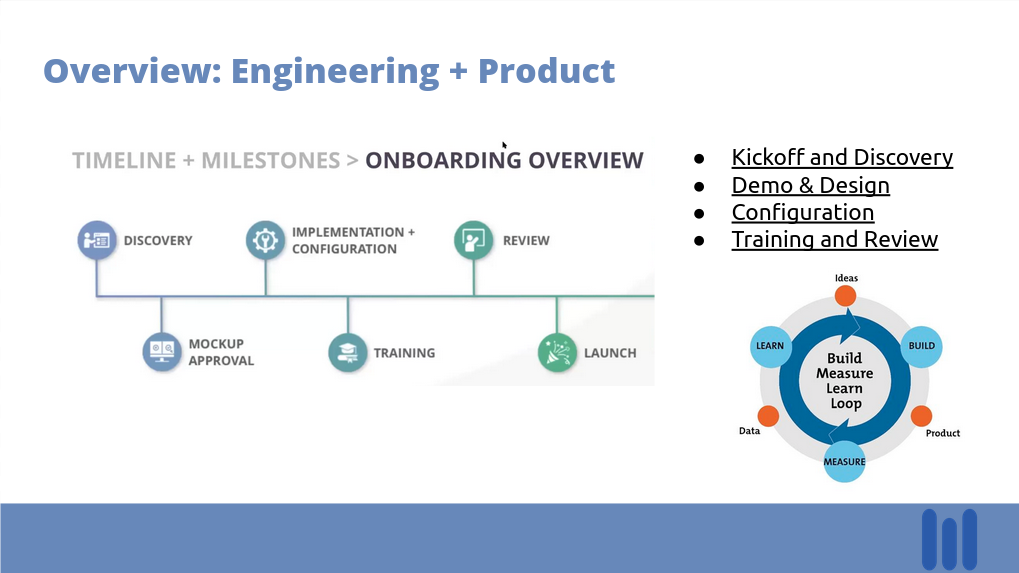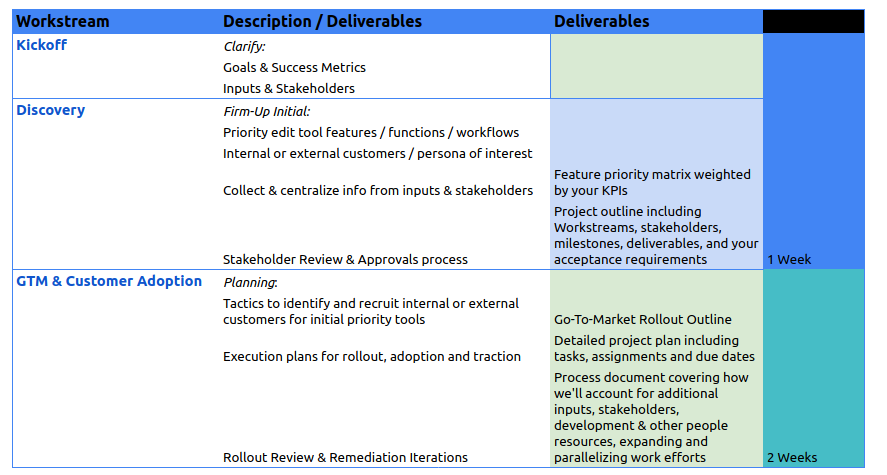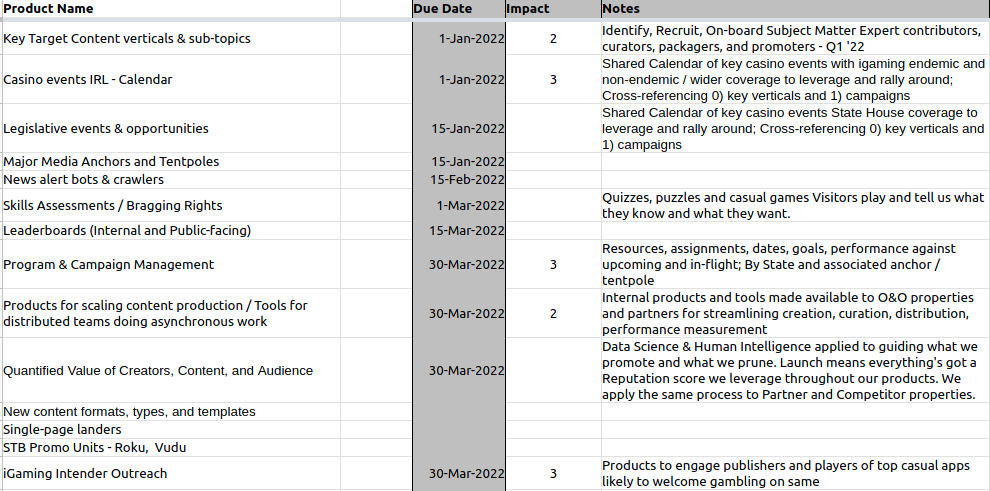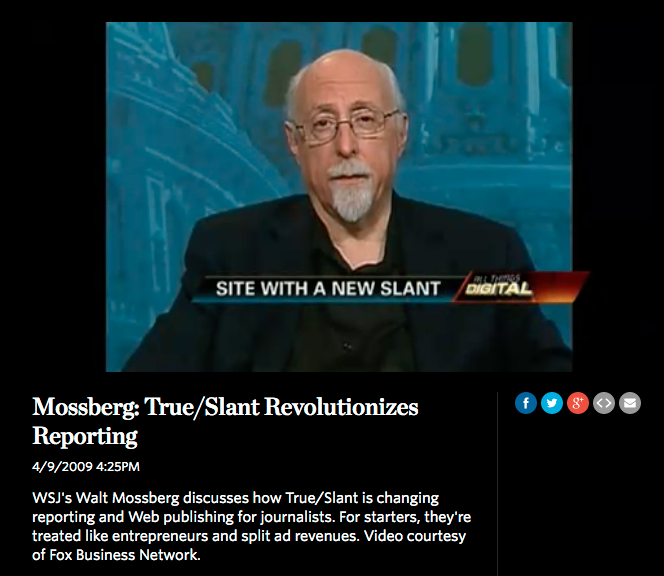T/S had a core team of three, a concept, and initial funding when I joined. I brought detailed plans for the tech stack and approach to launch, learn and iterate rapidly. We released a live service from the concept deck in the first month.



By month 3, we had anchor editorial talent and a dozen more journalists using the tools and products we were building. There was meaningful content creation, curation and promotion activity on a daily basis. The current Sprint and backlog were available to all on the team in HQ and to the journalists who used the tools and products we were building who got shout-outs when their feature requests went Live. We created a virtuous cycle of collaboration.
HTML5 (js, css) atop WordPress, LAMP interfacing with SaaS and self-hosted analytics, system monitoring, ad serving on hybrid hosting with co-located, VPS, AWS resources
We narrowed custom dev and the tech stack as we
launched, learned, and iterated on differentiators
Roger Theriault joined my team, scaled our engineering throughput by 3x and exponentially improved our dev capabilities. Our work on content tools allowed staff and contributors to create, curate, package, promote, distribute, and measure what we published across the network and partners. This also allowed me more focus on ongoing product details and priorities, identity and activity stream management, incentive models, and DevOps capabilities. We released code to production every two weeks.
By our public debut, True/Slant had dozens of journalists writing and publishing daily. Our newsroom at HQ had quantifiable engagement insights into what was gaining traction, conversation and pick-up. Our Quiet Launch wound up on front of the Wall Street Journal. Our platform scaled to meet the needs.

We grew True/Slant to hundreds of writers and editors and millions of monthly visitors. Forbes acquired T/S in May 2010. We had opportunities to revisit and and expand the platform and network we were still actively developing.

